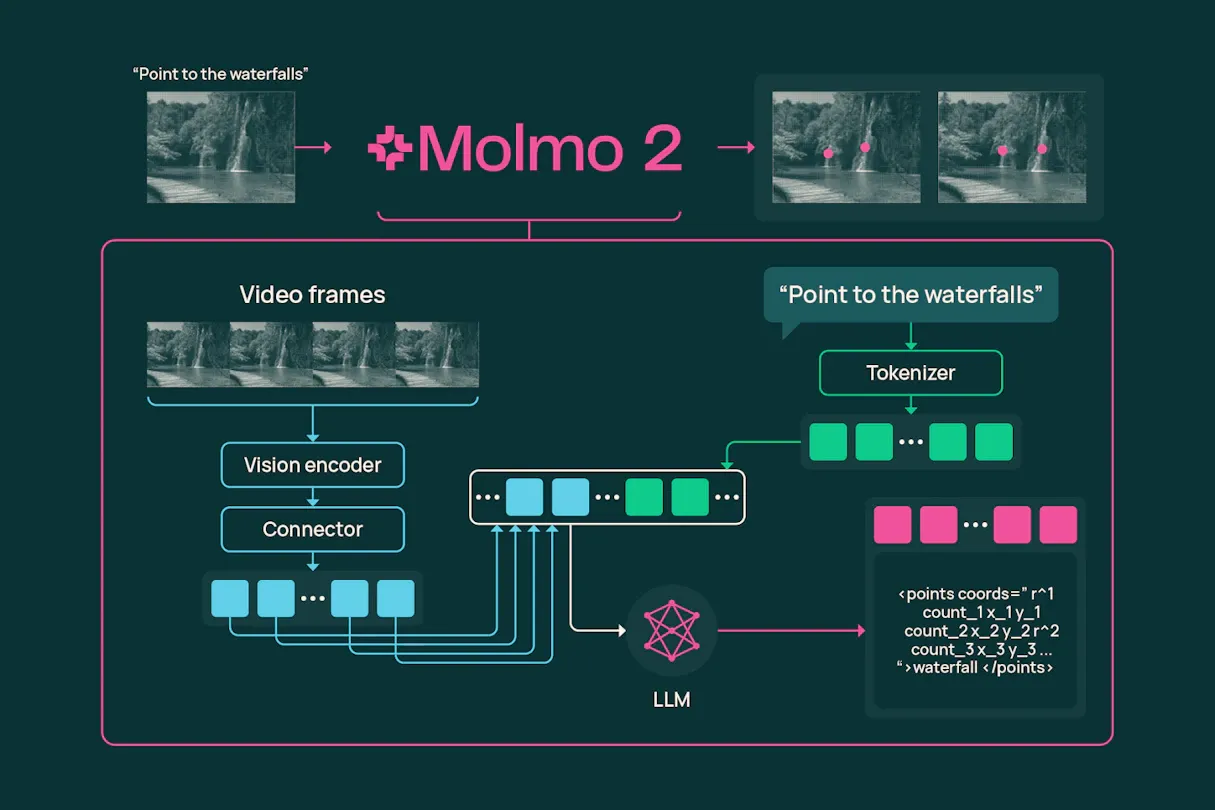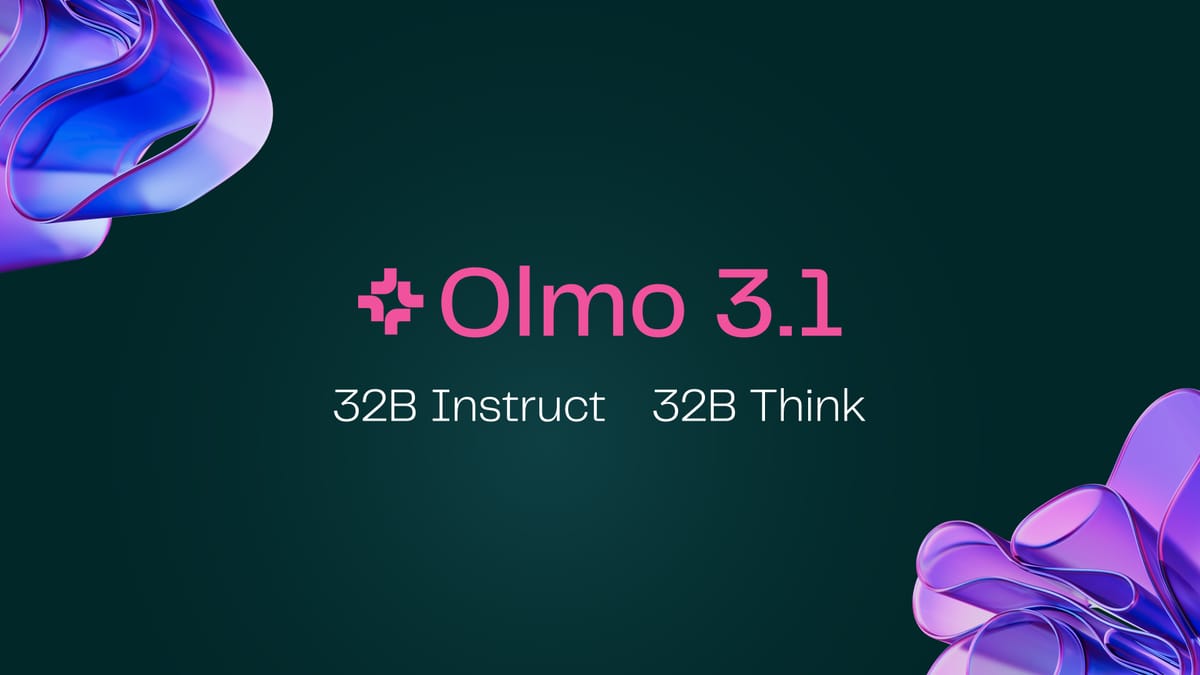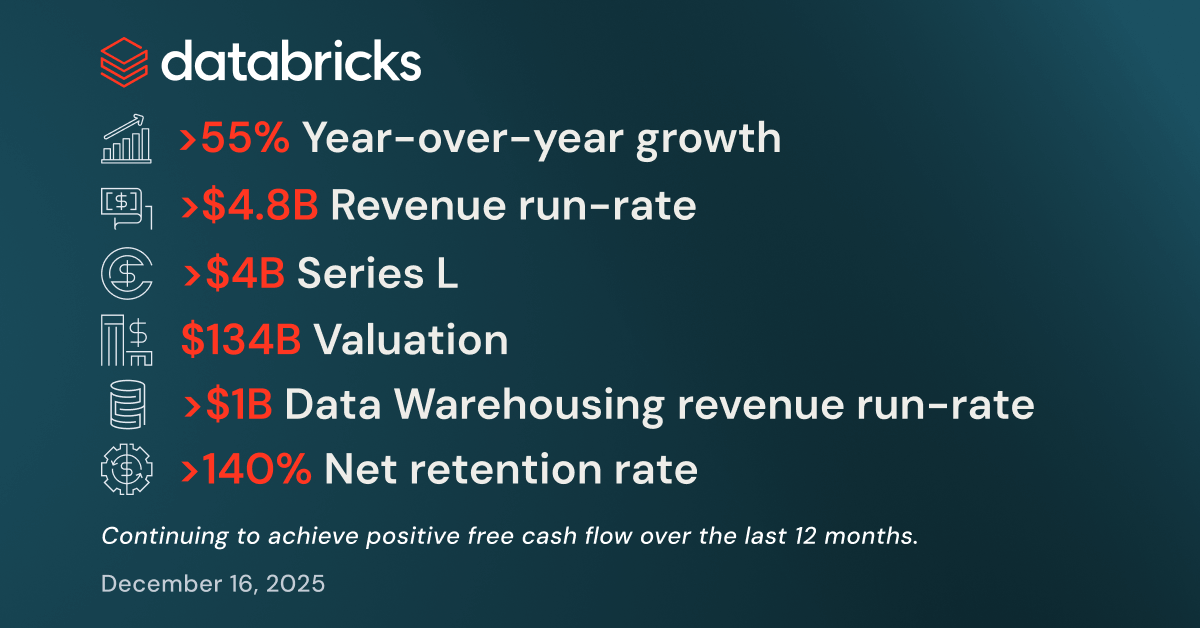The popularity of ChatGPT, an artificial intelligence (AI) chatbot developed by OpenAI and released in November 2022, has transformed the way AI has been previously used. Many professionals and technocrats are excited about its endless possibilities, while some are concerned about the effect of generative AI on people's ability to think creatively. This concern is not only for ChatGPT but all the generative AI software that has been recently released.
Generative AI represents the branch of AI that generate new ideas and content based on user requirement. Photos, videos, words, songs, and codes are some of the data that can be generated using this technology. Generative AI works based on deep learning to create new data using the data it has been trained on. This is usually called a generative adversarial network (GAN), primarily consisting of a generator and discriminator. The role of the generator network is to create new data while the discriminator checks the validity of the produced data/content. However, the performance of these two models is enhanced through training. Though the application of generative AI is extensive, some of the most comprehensive applications include:
Generation of Synthetic Data: Generative AI can be used to generate synthetic data that can be used to train various machine learning models. For example, in medicine, Generative AI is used to create simulated medical scans that can be used to train machine learning models to detect abnormalities. In autonomous vehicles, synthetic data can be used to train the machine learning model for identifying various road and weather conditions. "Gretel.ai" is an AI-based open source where you can generate synthetic data to prepare your ML models.
Content Creation: Generative AI can generate original media such as audio, video, texts, etc. Using AI-based tools, it is now more accessible for users to create content as per their requirements. Some typical examples of AI-based content generators include Invideo.io, ELai.io, DeepbrainAI, etc. The use of these open sources makes it possible to generate original and striking visual effects. Similarly, ChatGPT has been efficiently used by many professionals for text generation. Recently, Microsoft has also released "BioGPT", a generative model trained with millions of biomedical research articles to help researchers working in a similar domain.
Drug discovery: Generative AI can generate new compounds with desired features, speeding up drug discovery. As a result, the conventional method of drug discovery can be streamlined with less time and money spent on trial and error. Predicting the attributes of new molecules, based on facts such as molecular structures and properties, is possible using generative AI.
Product Design: Automobiles, buildings, and garments are a few areas where generative AI has recently found its application. This can facilitate efficient and rapid exploration of alternative design solutions by designers. For example, Generative AI generates new, alternate building designs that meet specific requirements in architecture. Consequently, generative AI has been used in fashion industries to create fresh and on-trend garments design. “Khroma” and “Colormind” are examples of generative AI that enable color palettes based on preferred samples. Lalaland is a platform that makes super-real virtual fashion models for e-commerce.
Generative AI has helped artists, writers, medical professionals, and designers save time from monotonous jobs and invest that time efficiently in other essential works. Another advantage of Generative AI is the automatic generation of preliminary concepts or production of graphics and texts, which will form a base adding to your creativity. Generative AI helps shift your focus to ideation and creation rather than execution. The technology also has the potential to inspire novel approaches to teamwork and joint innovation. Making AI systems accessible to the creative community opens new opportunities for developing unknown works that combine human imagination with computer-generated materials. However, some worry that the widespread adaptation of generative AI may lead to a loss of originality and human touch and will adversely influence human creativity. This is because generative AI is often constrained by its training on preexisting data and patterns. Hence, there is a chance of repetition of the results or similarities between the two outcomes.
Despite these concerns, many experts have argued that generative AI can boost human creativity by giving access to an infinite source of knowledge. However, without being entirely dependent on the technology, if generative AI is employed effectively, it will add to human ingenuity. This can be done by identifying the stage of your work/project where you want to use generative AI to save time. Thus, it is the responsibility of individuals to use these great technologies for their maximal benefit so that they will not surpass but enhance human creative thinking.






Comments